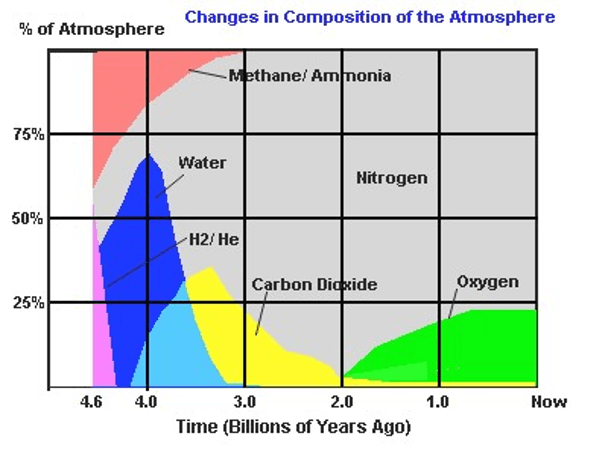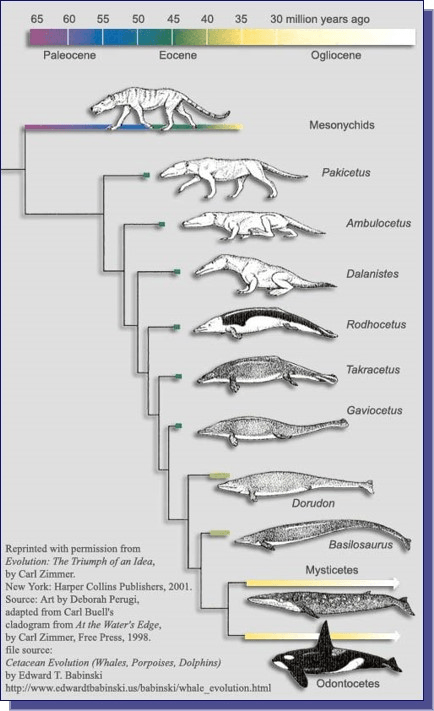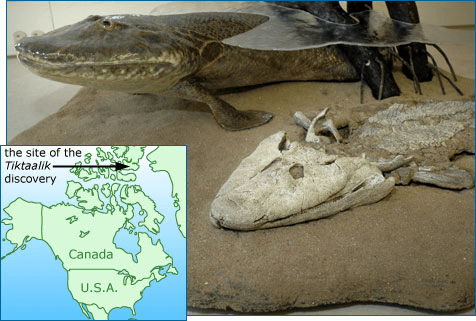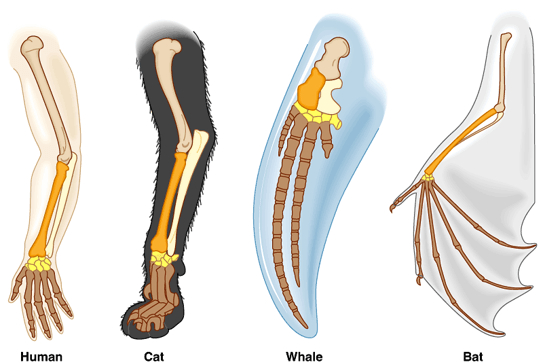Most likely 3.8 billion years ago (Between 3.5 and 4 billion years)
Tigers are in the family Felidae and have the scientific name Panthera tigris. What is the genus of the tiger?
Panthera
Who is the coined the father of evolution?
Charles Darwin
What is a vestigial organ?
An organ or body part no longer used by an animal and is slowly disappearing through evolution.
Even if animals look similar but cannot reproduce with one another, that means they are separate what?
species
What were most likely the first organisms to develop on earth?
Simple single celled organism. (Double points for stating anaerobic, heterotrophic single celled organisms.)
Why should scientists use scientific names for organism and not common names?
Misleading or confusing or across language barriers
Variations
How old are some of are eeliest fossils of single celled organisms?
Roughly 3 billion years old
Describe what an adaptation is.
A characteristic that makes an organism better suited to reproduce in its environment.

Oxygen appearing in the atmosphere most likely accounted for what type of organism evolving?
Autotrophs (plants)
Which species is bird C?
Osprey
Explain a source of variation within an organism.
Meiosis, mutations, sexual reproduction...
 What evidence is used to fill in gaps or missing links within evolution?
What evidence is used to fill in gaps or missing links within evolution?
Fossils!
Which characteristic is used in the dichotomous key to distinguish between birds B and C?
the stripe on the head
The presence of oxygen in the atmosphere allowed what type of organism to evolve?
Multicellular (aerobic) organisms.
Which two animals are most closely related?
Canis familiaris and Canis Lupus
Identify one physical adaptation represented in the diagram that helps the rabbit survive in its environment. Describe how this adaptation helps the rabbit to survive.
How can we use DNA to compare how close a species is related to another species?
You can see how similar the DNA is - how many base pairs match up. The more that match, the more closely related the species!
 Why was discovering the tiktaalik fossil so important?
Why was discovering the tiktaalik fossil so important?
~ Teacher's call ~ Its extraordinary blend of gills, scales, fins and lungs, combined with a movable neck, sturdy ribcage and crocodile-like head, placed Tiktaalik half way between fish and the earliest four-legged land animals.
Describe the primordial soup theory.
~ Teacher's call ~ Ocean, abundant simple gasses or organic elements, lightening and energy, creates the many simple organic compounds.
After Domain, what are the next seven levels of classification?
Kingdom, Phylum, Class, Order, Family, Genus, Species
Explain the term "survival of the fittest" when speaking of natural selection?
Whatever traits that enable an organism to be the most likely to pass on its genes make it the fittest - not simply being strong or fast or smart.
 These structures share the same bone structure, embryonic development, and have different functions. What are they, and how are they evidence for evolution?
These structures share the same bone structure, embryonic development, and have different functions. What are they, and how are they evidence for evolution?
Homologous structures. They support the idea of animals evolving from a common ancestor because the bones are the same where as the bones have tweaked over time due to natural selection to do different functions, but they have the same bones still!
Briefly explain the process of how natural selection selects "for" or "against" a trait of an animal?
If the trait is helpful, it will be selected for because it might help the organism reproduce, and if it is harmful, it might be selected against because it could prevent the organism reproducing.